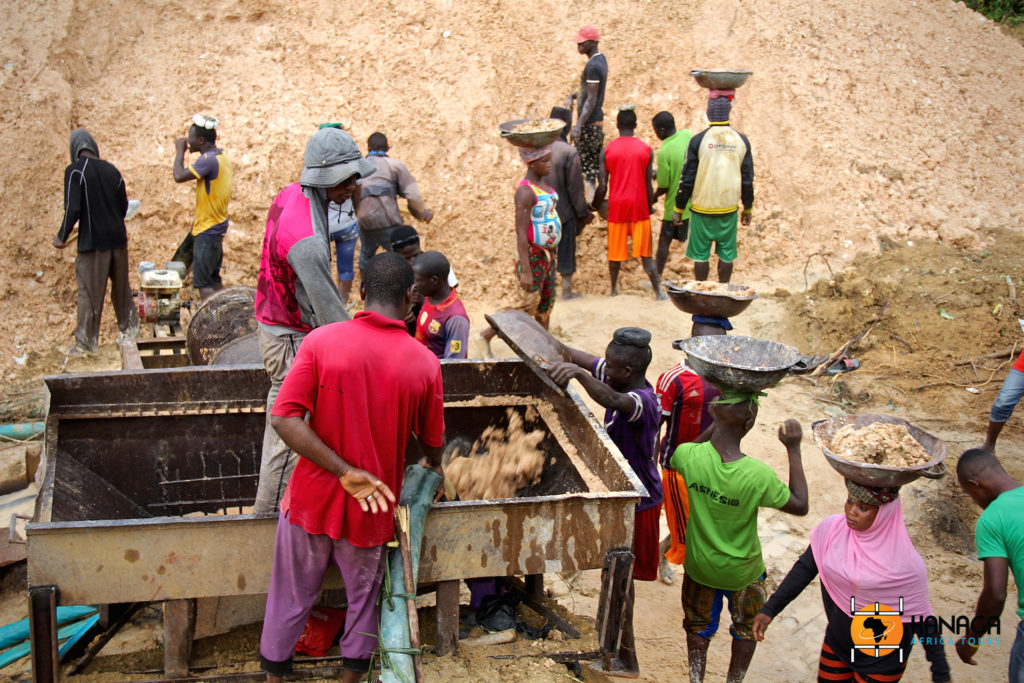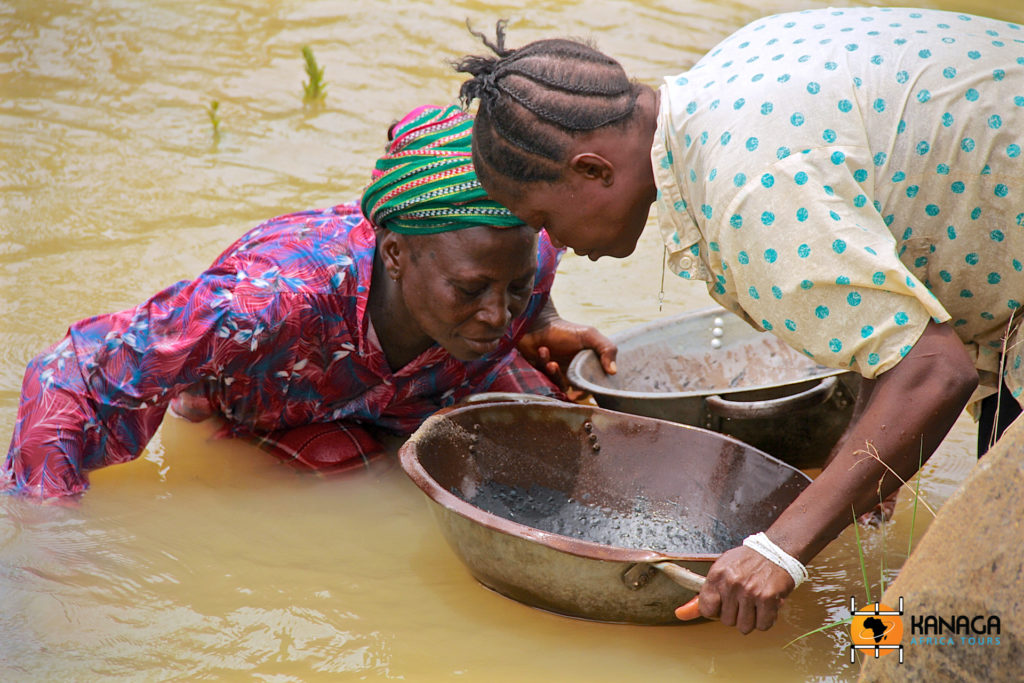© I. Fornasiero
If coastal Sierra Leone is the Creole cradle of colonial legacies that bring back memories of centuries of slavery and European trade, the central-eastern region, around Kenema and Koidu, is the setting where the contemporary threads of civil war, centred on the exploitation of the diamond- and gold-rich subsoil, have been woven together.
The illegal trade in diamonds, which served for decades to finance and arm the RUF rebels, accompanies one of Sierra Leone’s darkest chapters. Today, visiting the diamond and gold mines is not only a way of approaching the artisanal realities of mining and the still harsh lifestyle of the workers, but it also allows us to understand the abuses of a bloody war, of which the “blood diamonds” became the fulcrum and the pretext.
Today, a new awareness and political reorganisation is attempting to steer this fundamental sector of Sierra Leone’s economy towards a more responsible and equitable ethos. The sector that caused the war is now the basis for the country’s revival and redemption, washing away the blood and restoring the metaphorical lustre of the precious stones.
Not an easy task.
The mines in the region between Kerema and Koidu are numerous, and it only takes a few small detours off the main road to come across one of the many concessions. Many are still in the hands of foreign companies, mostly Lebanese, who pay a mining and export commission to the Sierra Leonean government, but the labour force, the one doing the hardest work, is Sierra Leonean, the prime mover in the mining sector. Thousands of Sierra Leoneans pour into the mines every year, plunging into muddy waters, digging and stirring up tons of clayey earth that is then sifted through. Only a trained and experienced eye can spot a brighter pebble among the many muddy common stones.
Workers are paid by the day and get extra compensation for each diamond found. Buyers are always present at the site and have a right of first refusal to purchase following well-established agreements underlying each concession. Discards can be sold to alternative buyers. The mines are the site of the first negotiations and the first link in a long commercial chain that will gradually raise the price until the final cuts of the rough and the final sale on the international markets of Antwerp, New York or Tel Aviv.
Beyond its historical, economic and geopolitical symbolism, a Sierra Leone diamond mine is today a reservoir of everyday life, a reality and a Sierra Leonean microcosm, where faces, people, whole families, work hard and earn their living, always smiling and welcoming, hoping that that day can change their lives and destiny.







